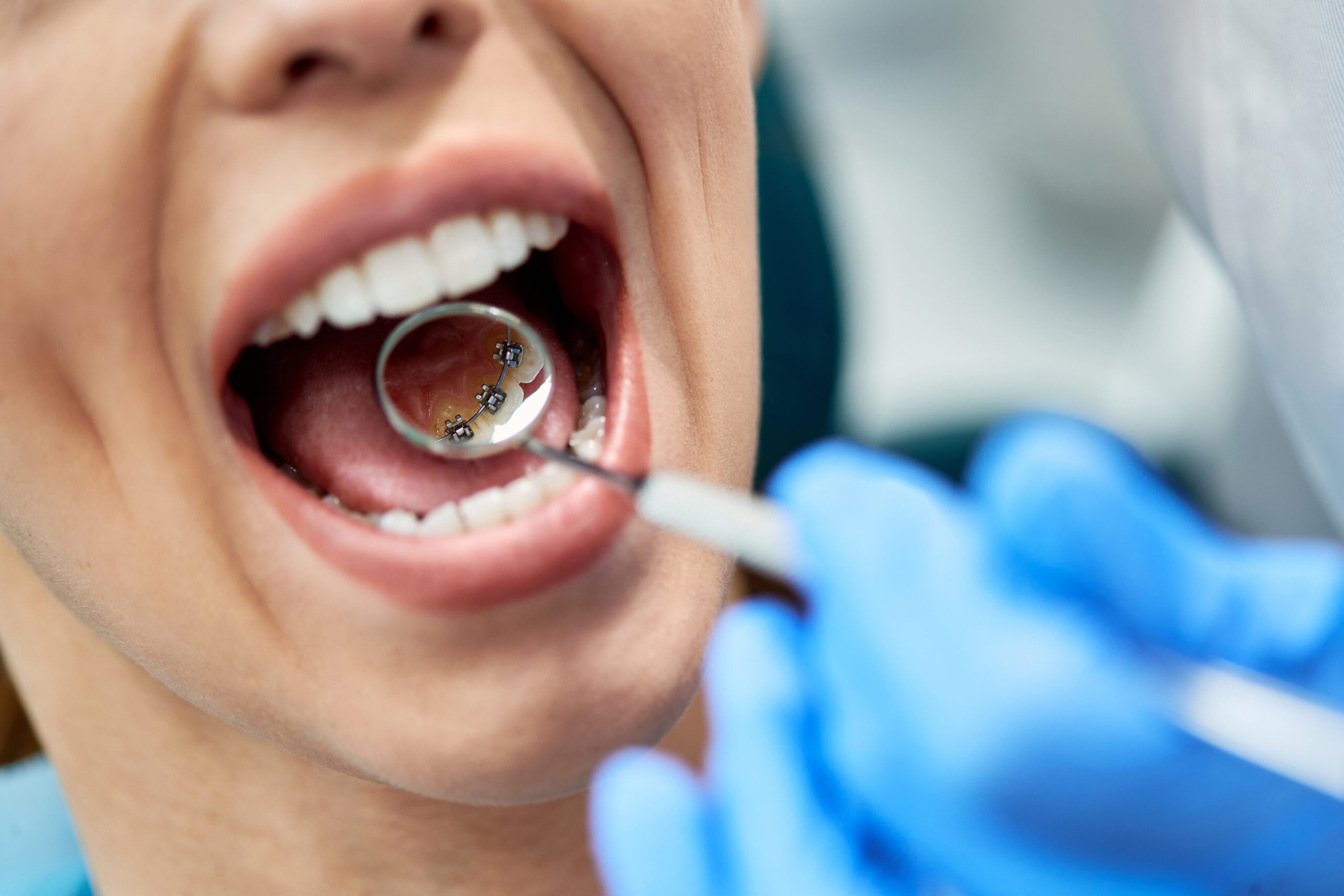The Ultimate Guide To Legacy Orthodontics
The Ultimate Guide To Legacy Orthodontics
Blog Article
The 3-Minute Rule for Legacy Orthodontics
Table of ContentsSome Known Details About Legacy Orthodontics Top Guidelines Of Legacy OrthodonticsLegacy Orthodontics Can Be Fun For EveryoneTop Guidelines Of Legacy OrthodonticsSome Known Facts About Legacy Orthodontics.
At Advanced Orthodontics, we offer individuals with a holistic treatment experience. In addition, we provide adjustable therapy timetables, adaptable payment options and a fun, delightful experience. clear braces. Telephone call ( 480) 357-4900 today for even more info and timetable an appointment.An orthodontist is a dentist trained to detect, prevent, and treat teeth and jaw abnormalities. Orthodontists function with individuals of all ages, from youngsters to adults.
Malocclusion, or misaligned teeth, can cause dental problems, consisting of tooth decay, gum tissue disease, and difficult or agonizing chewing. Not everybody is birthed with straight teeth. If you have a bad bite or big areas between your teeth, you might wish to seek advice from a dental practitioner concentrating on orthodontic care.
An Unbiased View of Legacy Orthodontics
( Image Credit Report: DigitalVision/Getty Images) Orthodontists make use of repaired and removable oral tools, like braces, retainers, and bands, to change the setting of teeth in your mouth. Orthodontic therapy is for dental irregularities, consisting of: Uneven teethBite troubles, like an overbite or an underbiteCrowded teeth or teeth that are as well much apartJaw misalignmentThe goal of orthodontic treatment is to enhance your bite.
While you may assume of orthodontists as primarily for youngsters or teenagers who need braces, they can remedy oral troubles at any kind of age. Orthodontists attend college, oral college, and orthodontic institution.
All orthodontists are dentists, yet not all dental professionals are orthodontists. Orthodontic residency programs use extensive, focused direction for dental experts. They concentrate on 2 locations: Exactly how to appropriately and safely move teeth Just how to properly guide development in the teeth, jaw, and faceOnce an orthodontist has finished training, they have the alternative to end up being board licensed.
Legacy Orthodontics for Dummies
Imbalance, or malocclusion, is one of the most common reason individuals see an orthodontist. It is hereditary and is the result of size differences between the upper and lower jaw or between the jaw and teeth. Malocclusion brings about tooth overcrowding, a misshapen jaw, or uneven bite patterns. Malocclusion is generally treated with: Your orthodontist attaches steel, ceramic, or plastic square bonds to your teeth.
If you have only small malocclusion, you might have the ability to use clear braces, called aligners, rather than typical braces (https://www.figma.com/design/kgqCY8l54dyz5KdMEWTWil/Untitled?node-id=0-1&t=R12PkCtJ5eBOkvHF-1). Some people need a headwear to help move teeth into line with stress from outside the mouth. After braces or aligners, you'll need to put on a retainer. A retainer is a personalized device that maintains your teeth in place.
They're frequently used on children. They can develop added room in the mouth without needing to pull teeth. If you have a severe underbite or overbite, you may require orthognathic surgery (also called orthodontic surgical treatment) to extend or shorten your jaw. Orthodontists use cables, medical screws, or plates to sustain your jaw bone.
You may require to see an orthodontist if you have: Crowding or otherwise adequate room for all of your teethOverbite, when your top teeth come your base teethUnderbite, when your base teeth are too far forwardSpacing or issues with gapsCrossbite, which is when your upper teeth fit behind your bottom teeth when your mouth is closedOpen bite or an upright void in between your front bottom and upper teethMisplaced midline, when the center of your bottom and upper teeth don't line up Fixing a dental malocclusion can: Make biting, eating, and talking easierImprove the proportion of our face and your total appearanceEase pain from temporomandibular joint disordersSeparate your teeth and make them less complicated to clean, assisting protect against dental caries or tooth cavities It's commonly a dental practitioner who first notices misaligned teeth throughout a regular examination.
Little Known Questions About Legacy Orthodontics.

During your very first orthodontic consultation, you'll likely have: A dental examPhotos taken of your face and smileDental X-raysPanoramic (360 level) X-rays of your face and headImpressions to create molds of your teethThese tests will certainly aid your orthodontist recognize exactly how to proceed with your therapy. invisalign. An orthodontist is a dental professional that's had training to treat your teeth and jaw
An orthodontist is concentrated on your bite, so something like a damaged tooth would certainly be managed by a dentist. Orthodontists are concentrated on your bite, or the method your teeth fit with each other, and the straightness of your teeth.
Ever asked yourself just how stars always seem to have perfectly aligned teeth? The answer commonly depends on the experienced hands of an orthodontist. What specifically does an orthodontist do? Orthodontists are dental specialists who concentrate on correcting irregularities in the teeth and jaws. Their competence exceeds just developing a lovely smile; it encompasses improving your general dental health and function.
5 Simple Techniques For Legacy Orthodontics

, orthodontists have a varied toolkit at their disposal. These tried-and-true dental braces utilize a system of brackets adhered to the teeth and linked by wires.
Clear aligners, like Invisalign, are a preferred option for people seeking an extra very discreet treatment option. These detachable trays are tailor-made to gradually move the teeth's position. Headwear may be utilized together with dental braces or aligners to apply additional targeted pressures, especially for dealing with jaw discrepancies. In situations of narrow jaws, palatal expanders can be used to create space for correct tooth alignment.
Report this page